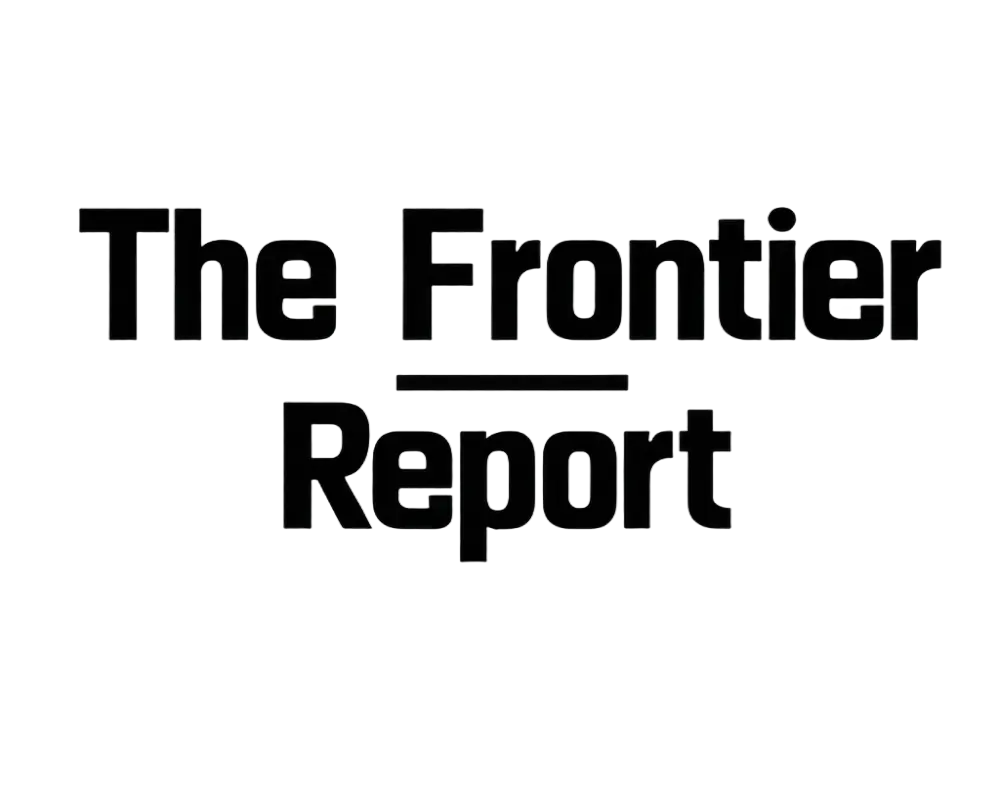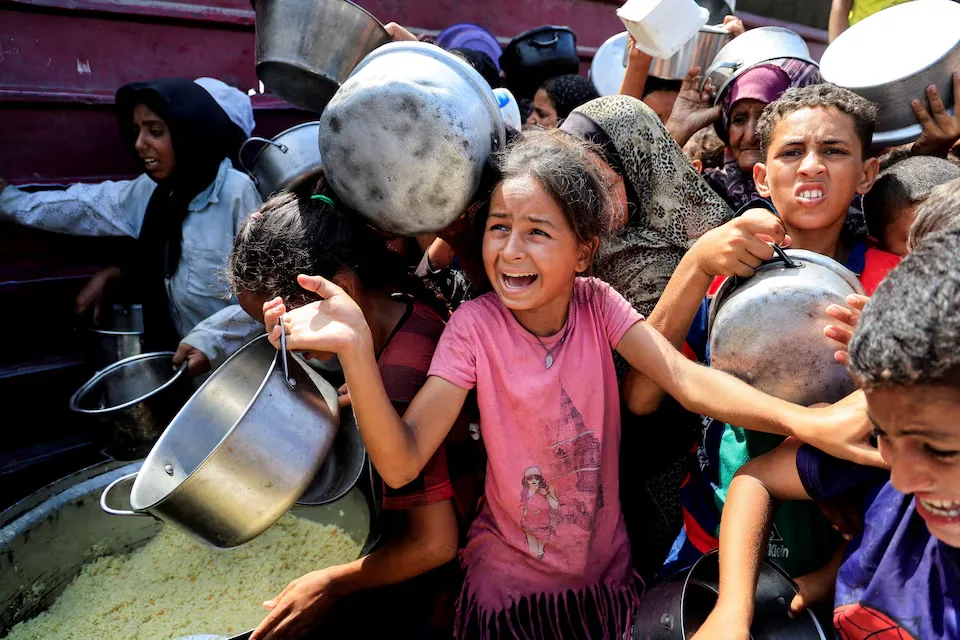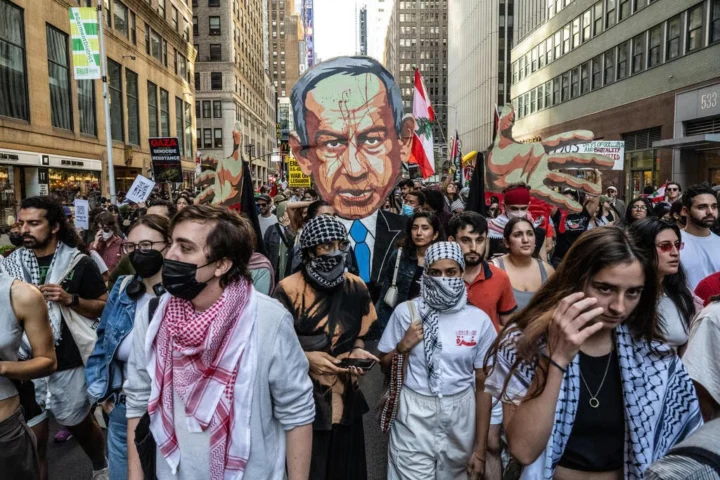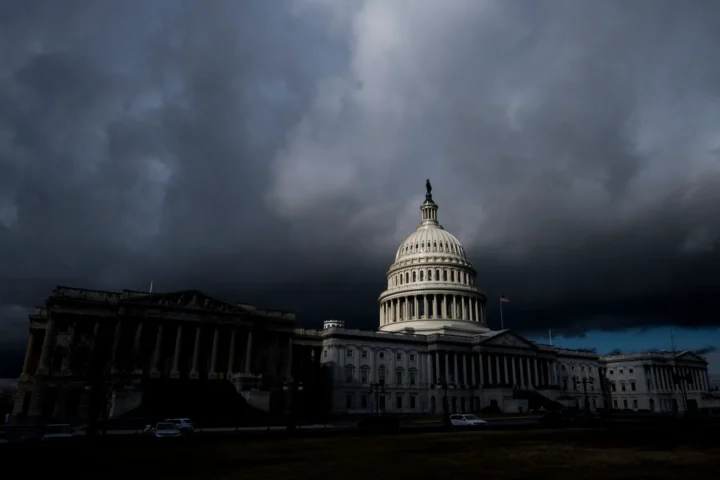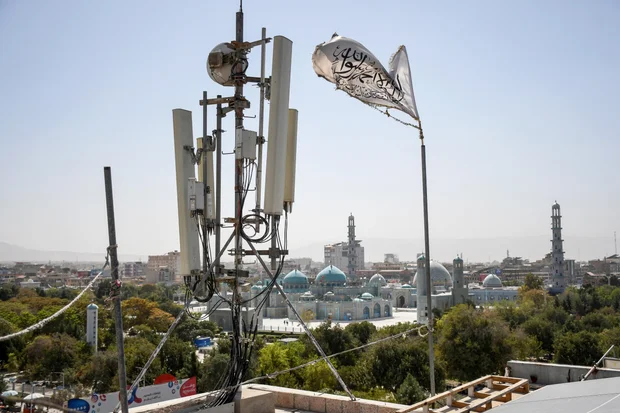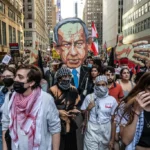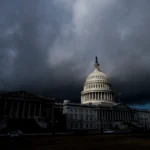Gaza City has tipped into famine. That word isn’t political—it’s technical. Three hard signals confirm it: too little food, widespread child malnutrition, and rising death rates. Put together, they describe a system that has collapsed.
Families report going whole days without eating. Children show the wasting and swollen limbs that mark severe undernutrition. Clinics list deaths that should never happen—kids dying from dehydration, adults from infections that hunger turned fatal.
Markets are hollow. Bakeries shut down for lack of flour or fuel. Water systems don’t run. When people can’t eat, their bodies weaken. Weak bodies get sick. Sick people can’t stand in line for aid or carry food home. The cycle feeds itself.
The declaration of famine follows a strict process. Teams survey households about meals missed. They measure kids’ arms and track weight loss. They log deaths at clinics and burial grounds. When all these numbers breach global thresholds over a set time, famine is called. Gaza City now meets that definition. It’s not one ward, not one neighborhood. It’s city-wide, and it’s severe.
What Must Change Fast
A famine call is an alarm bell. It means aid has to arrive daily, in volume, and without obstruction. Gaza needs multiple secure land routes into the north and center, with trucks able to go straight to neighborhoods—not just to warehouses. Food is only half the load. Fuel has to move too, or bakeries, hospitals, and water pumps stall.
The basics matter most: flour, pulses, high-calorie rations, therapeutic food for children, supplements for mothers. Medical kits are needed for dehydration, infection, and malnutrition. Cold storage is critical for vaccines. And deliveries can’t be random. Families need to know where and when aid arrives so they can plan, line up safely, and share fairly.
Safety is as important as supply. Aid convoys need clear no-strike guarantees. Clinics, bakeries, and water plants must be shielded. Screening teams need space to measure children and spot danger signs early—severe wasting, swelling, persistent fever—before it’s too late. Those who’ve starved longest face another risk: refeeding syndrome. They need careful, staged treatment, not just calories dumped at once.
Relief alone won’t be enough. Markets have to restart. That means more border crossings open, commercial trucking allowed through, and fuel restored so wholesalers can restock. Shops stabilize prices far faster than convoys alone. Water systems must be patched—pipes fixed, pumps fueled, chlorine delivered. Cutting the disease burden is as important as delivering food.
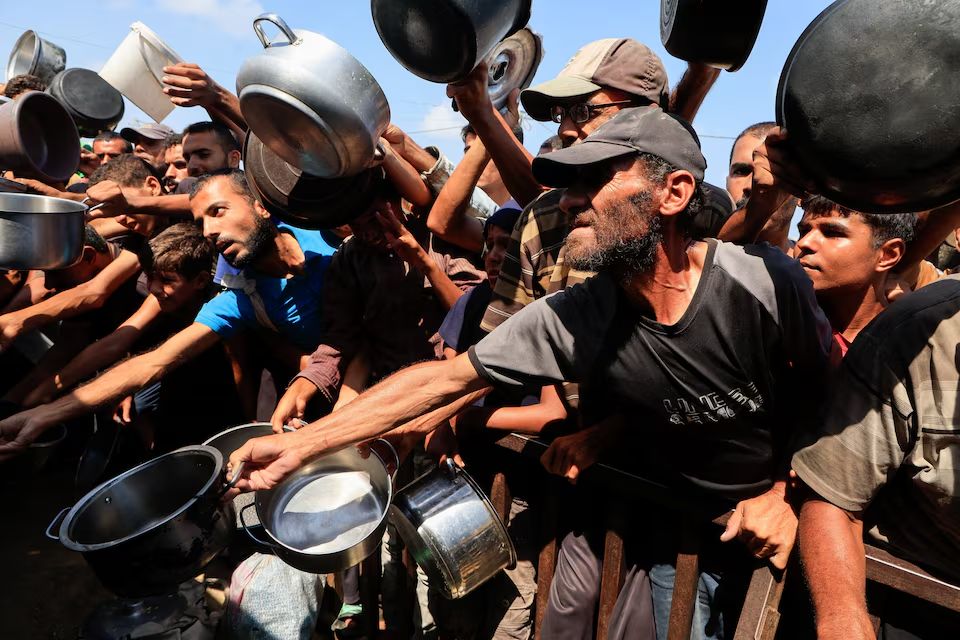
Hunger Made by Policy, Not Nature
Famines don’t appear out of thin air. They are created. In Gaza, blocked corridors, collapsed infrastructure, and shattered trade have turned hunger into mass death. Declaring famine should raise pressure on all parties: fighting must pause along aid routes, crossings must reopen, and fuel, food, and medicine must flow in predictable volume.
Donors have their role too. Outrage won’t fill stomachs. Pledges must turn into signed contracts—grain bought today, trucks booked today, cash wired today. Generators, ovens, and pumps need steady funding for fuel and parts. Without that, famine only spreads south.
The declaration is not the end. It’s a warning. If nothing changes, deaths will rise and recovery will stretch for years. But the opposite is also true. With access, children recover fast on therapeutic foods. Water can be restored in days. Markets revive as soon as trucks roll and fuel flows.
Three markers will show whether famine is easing: the pace of aid convoys, the reopening of bakeries and water points, and child malnutrition and mortality rates. If those rise together, the famine deepens. If they improve, recovery begins.
The tools exist. The supplies exist. The routes can be made safe. Famine is always a man-made failure first. It ends only when decisions change. Gaza City has sounded the alarm. The question now is whether leaders answer it in time—or let the silence of hunger spread further south.

